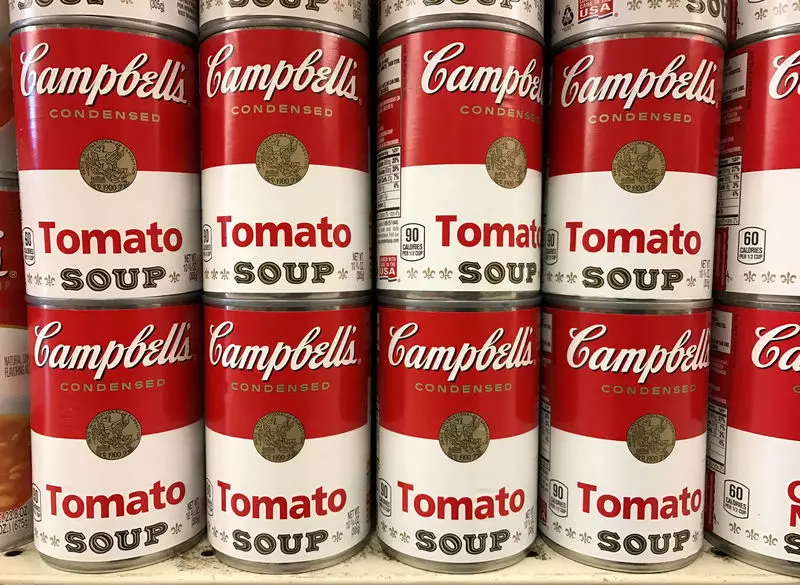Recent analysis from Bernstein highlights an unexpected surge in demand for GLP-1 (glucagon-like peptide-1) drugs, which has stirred concern among investors regarding the packaged food sector. GLP-1 medications, such as Ozempic and Wegovy, are mainly utilized for managing diabetes and facilitating weight loss. Although IQVIA reports show that only about 1.4% of U.S. adults are currently using these branded drugs, other surveys indicate a much higher prevalence, suggesting that approximately 12% to 13% of adults have either recently used or are currently using GLP-1 medications.
This discrepancy raises questions about the true size of the market. Analysts believe that the compounding pharmacy industry, which customizes medications according to individual prescriptions, may be catering to a significant population of GLP-1 users, thus expanding the market beyond what official data reflects. Compounding pharmacies can produce variations of these drugs, especially amid shortages, and might be servicing more patients than initially acknowledged.
As patients increasingly turn to GLP-1 drugs for weight loss and appetite control, their dietary preferences are noticeably shifting toward protein-rich foods. With this alteration in consumption patterns, many in the packaged food industry are apprehensive. However, Bernstein’s insights indicate that not all packaged food manufacturers will suffer equally. Some companies, such as Campbell Soup Company, are expected to navigate these changes more adeptly than others due to their alignment with consumers’ evolving preferences.
Bernstein recently upgraded Campbell’s stock rating from Market-Perform to Outperform and increased its price target from $55 to $58, based on data suggesting that GLP-1 users prefer more protein-centric options. This strategic positioning demonstrates that the company is adapting to the nutritional demands of a changing consumer base, effectively mitigating potential downturns linked to shifts in demand for traditional packaged foods.
As the health and wellness landscape continues to evolve, companies in the packaged food sector must remain vigilant and responsive to shifting consumer trends. The rising popularity of GLP-1 drugs could catalyze a significant transformation in food consumption patterns. Companies that proactively adapt their product offerings to prioritize protein content and other health-oriented attributes are likely to thrive even in a market facing disruption.
It is essential for food manufacturers to conduct extensive market research and consumer analyses to fully understand these transitions. By focusing on innovation, reformulating existing products, and engaging in targeted marketing strategies, companies may not only survive the tide of change but can also leverage it as an opportunity for growth.
The burgeoning market for GLP-1 drugs presents both challenges and opportunities for the packaged food industry. In navigating this dynamic landscape, adaptability and insight-driven strategies will be crucial for companies aiming to retain consumer loyalty and capitalize on emerging trends.

